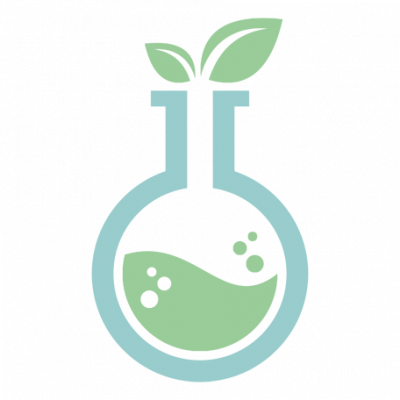Could Your Hair Dye Be Toxic To Your Health?
By William Cole, D.C.
Functional Medicine Practitioner
How many women do you know who don’t dye their hair? Probably very few. In fact, an estimated 75 percent of women do it. Using hair dye has become so commonplace in our culture—with celebrities seeming to have a new hair color every other day—that many of us don’t stop to think about what keeping up with the latest trends could be doing to our health.
In all other aspects of our lives we’re concerned with healthy living: the foods we eat, the air we breathe, the water we drink, and the bottles we drink it from. But what about what we put on top of our head? My job as a functional medicine doctor is to get to the root cause (pardon the hair pun) of health problems. And on the list of often-overlooked aspects of our health puzzle are the beauty products we use on a consistent basis.

Uncovering Hidden Toxins in Our Lives
Toxins are all around us. And the amount of toxins we’re exposed to on a daily basis has increased tenfold in recent years, yet our DNA has stayed the same. Our bodies can’t keep up with this and the results has been an onslaught of inflammation, hormonal, and autoimmune health problems.
Finding Out What’s in Your Hair Dye
A number of chemicals used in dye have been linked to various forms of cancer and other health problems. The sad thing is, not many people know the scary realities behind what they are exposing themselves to on a regular basis. But the first step in limiting your exposure to harmful chemicals is learning what’s in the products you use regularly. So here’s what could be in your hair dye:
- Formaldehyde
This common preservative is used in hair dyes and has been linked to cancer and fetal damage in utero. - p-Phenylenediamine
Also referred to as PPD, this is the most commonly used chemical and one with the highest health risk. It has been linked to lung and kidney problems and bladder cancer. A 2001 study showed that those who dyed their hair once a month had an increased risk for bladder cancer and this risk increased the longer hair dyes were used. And surprisingly, this was more prevalent the darker the dye was. - DMDM Hydantoin
This preservative is a known immunotoxin and has been restricted for use in Japanese cosmetics. - Ammonia
This chemical can be combined with hydrogen peroxide to create bleach. When inhaled it can cause respiratory problems and asthma. - Coal Tar
This known cancer-causer is in the majority of hair dyes. - Resorcinol
This chemical is very common in various types of hair dyes. Studies have shown that it can harm normal hormonal function and elevate sex hormones, which wreak havoc on your health. - Eugenol
This toxic fragrance is linked with cancer, allergies, immune and neurological system system toxicity.
I often find that toxins are a major factor in the complex health issues I see in my patients. Anyone who eats healthy foods and manages their stress but still struggles with health problems should really consider the possibility that toxins are to blame. Whether you bleach your hair or use conventional hair dyes you are exposing your body to a certain level of toxicity. Bleach lightens your hair by removing the color through oxidation. Hair dyes work through oxidation as well and can include bleaching agents to achieve the desired color. The more often you dye it and the longer it stays on your head, the more toxins you’re exposed to.
